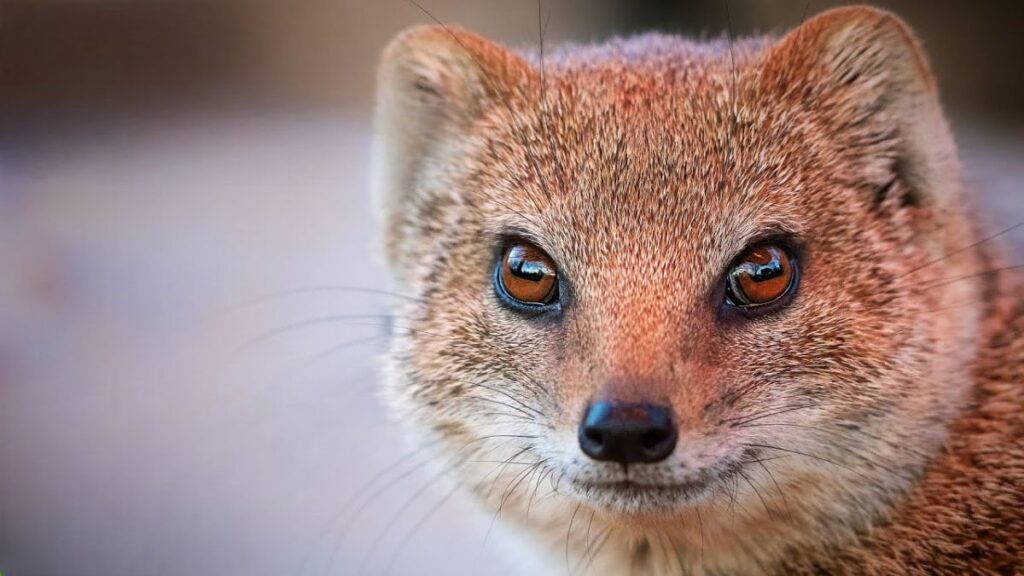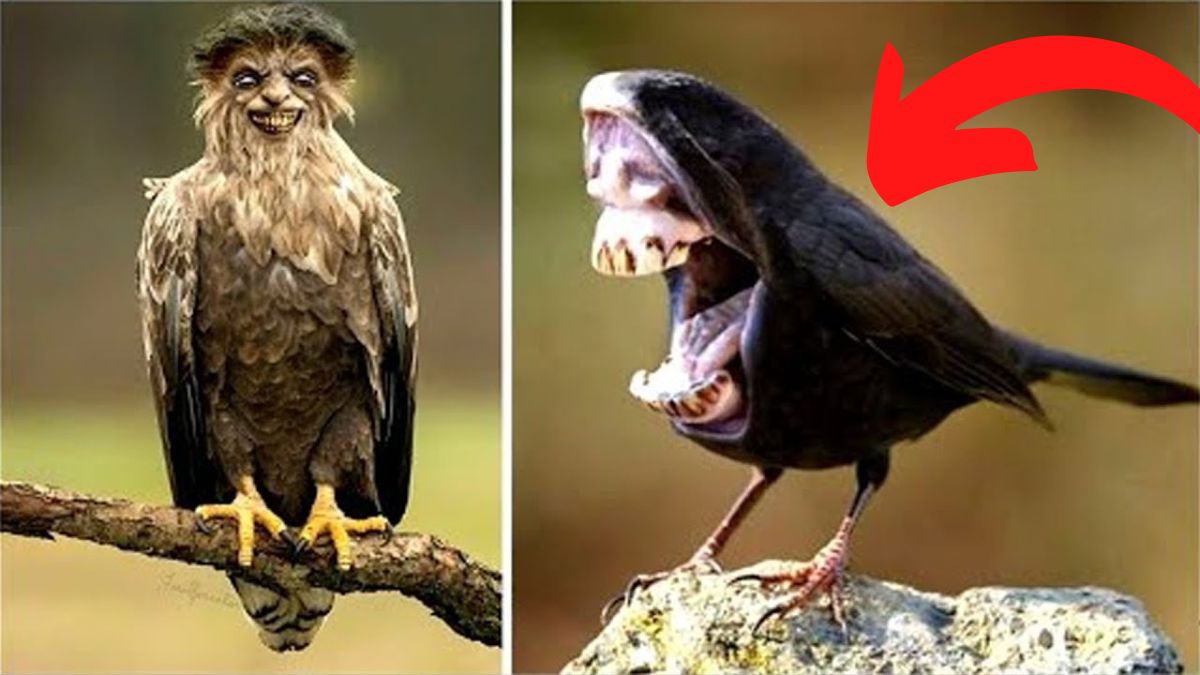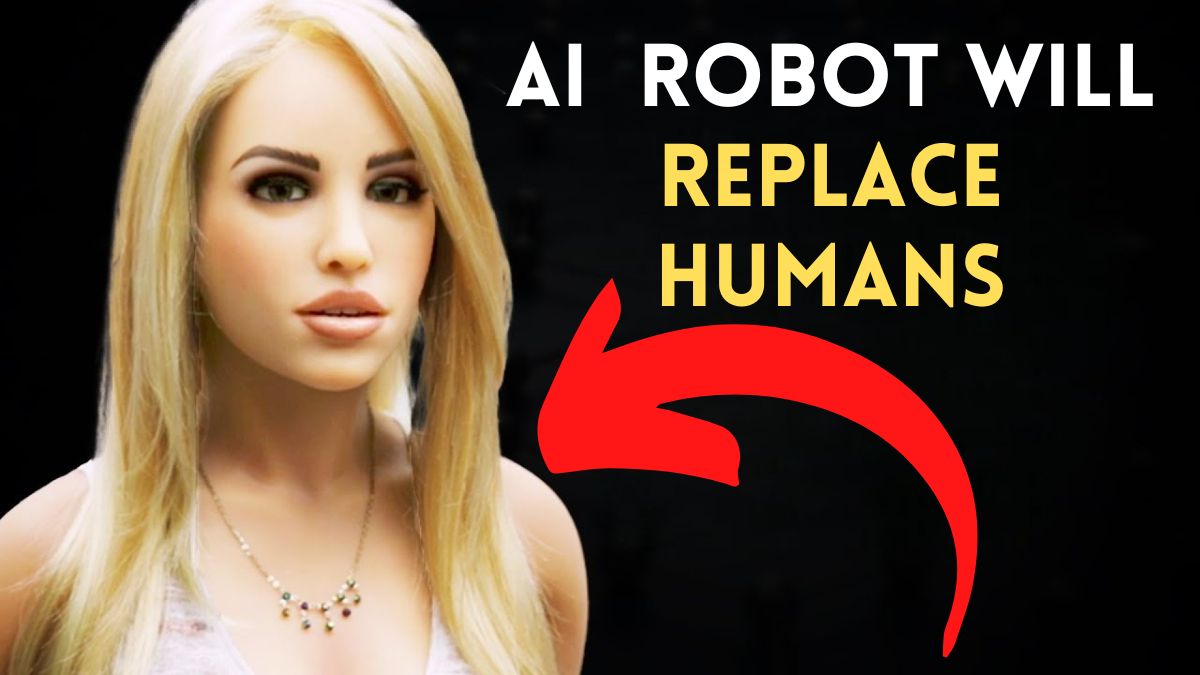
Take a look at this adorable, fuzzy mongoose.
Anyone who lives in Hawai’i will tell you that it is a terrible pest and a problem: Don’t let those tiny beady eyes fool you.
Mongooses are not native to the islands, but a failed pest control attempt has brought them there.
However, despite numerous catastrophic and widely reported failures, some individuals assert that employing invasive animals as a pest control method is more cost-effective, self-sustaining, and preferable to pesticides.
To say that this debate is controversial would be an understatement, even in Hawaii.
You should, however, be able to comprehend why anyone would advocate doing this at the conclusion of this article.
Let’s take a close look at the successes and failures of biological control, also known as this strategy, as well as the arguments for and against it and the lessons we’ve learned that can help us do it better in the future.
The term natural control covers a general classification of procedures.
It could mean conserving native predators to keep pests at bay.
However, we’ll concentrate on what most people mean when they use the term: an endeavor to introduce new predators into the ecosystem in an effort to control a specific pest species, typically one that is invasive.
Basically, humans have a tendency to introduce new pests, either intentionally or unintentionally, to various regions.
Rats, for example.
Rats have been transported by ship to numerous islands, including Hawai’i.
Rats might not have been a big problem when they first came into existence where they are now.
After all, the word “pests” evokes a lot of human judgment.
Predators like owls, foxes, and cats kept rats under control in those areas because they were part of an ecosystem.
However, in a new location, such as the Hawaiian islands, these naturally occurring rat-eating predators are absent.
And if these native predators don’t put pressure on the rats’ numbers, their population could explode and start really messing up things.
Rats pose a threat to many of Hawaii’s native birds, in addition to being a nuisance to humans due to their consumption of our crops.
By consuming all of the seeds of plants, they have caused their demise.
Even their eggs are eaten by them.
Rats are just one illustration.
There are numerous invasive species in existence.
Now, we can try to control the number of rats by using poison, hunting, or traps, but these can be hard to use.
Putting rat poison everywhere in the forest would be difficult, costly, and, you know, there are other animals out there that we absolutely do not want to poison. Rats, for instance, are frequently pretty good at avoiding traps.
So one plan to control rodent numbers is to get a portion of those rodent eating hunters all things considered, since not having them around sort of prompted the issue in any case.
As we have defined it, this is the fundamental idea behind biological control.
The introduced species is put under pressure again by the predator, or occasionally by a pathogen that can cause disease.
This is an important point because interactions between predators and prey in nature almost never result in the prey species’ extinction.
Think of it more like a thumb on a scale, where the predator is able to manage the population of its prey to the point where it no longer poses a threat.
To be fair, things don’t always go as planned.
Only 11% of attempts to use insects to control other insects resulted in complete control, according to one study.
The control agent almost always died off because it was unable to establish itself sufficiently in the ecosystem to function.
However, biological control can be very effective when it works.
Even better, it may be self-sustaining, necessitating only one attempt.
If you used rat poison, you might have to hire a lot of people to spread the bait each year.
Predators, on the other hand, are able to sort of restart the program each time they have a baby, with their numbers fluctuating in response to changes in prey populations.
Now, all of that might sound really good.
By having both prey and predator, you’re restoring equilibrium, right?
However, despite how elegant this may appear, Hawai’ians may have other suggestions if you inquire about it.
In fact, let’s quickly discuss Hawaii in depth.
because Hawai’i has a long and storied relationship with this scheme, both good and bad.
Naturally, Hawai’i is now a chain of islands.
It is extremely far out in the ocean, isolated from the rest of the world, and as a result, it is home to numerous truly distinctive species.
Species that cannot be found anywhere else are called endemic.
There are mammals like the Hawai’ian monk seal, birds like the i’iwi and pueo, and a wide variety of plants like the koa tree and the hpuu tree fern.
There is a possibility that more than 10,000 distinct life forms call these islands home.
However, it is notable that none of those species are mongooses, which originated in Africa, southern Europe, and Asia’s southern regions.
In the middle of the Pacific, they are never found.
According to the legend, a group of Big Island plantation owners who were all members of the same association existed in the 1880s.
They got the idea to add mongooses to their sugar cane fields from a guy in the Caribbean because they were fed up with rats in their fields.
They did so.
Additionally, other Hawaiian islands adopted the concept.
But then the whole plan went wrong.
Mongooses eat more than just rats.
They consume a wide variety of foods, including some really cool native species.
And there was no going back for the mongoose, so to speak, once they were taken out of the bag.
They spread, became extinct, gave birth to tiny mongoose offspring, and they are still kind of there today.
What’s more, at the time doing this was absolutely lawful!
No guidelines existed until 1890, when Ruler Kalākaua of Hawai’i passed a few regulations, however by then it was past the point of no return.
This wasn’t the only instance.
William Hillebrand, a private individual, introduced the mynah bird to Hawai’i in 1865 as a means of eradicating army worms.
They now compete for food with native birds.
Naturally, this has not only taken place in Hawai’i.
The most well-known instance of unsuccessful biological control may be the cane toads in Australia.
They were brought in from South America to control beetle infestations but ended up killing a lot of native animals instead.
Even the beetles weren’t eaten by them.
In fact, by eating the few species that were already eating the beetles, they may have made the situation worse.
Therefore, yes, there are numerous instances of unsuccessful biological control, frequently as a result of the hasty introduction of generalists, species that are capable of eating or affecting multiple prey species.
It is often said that cane toads eat anything they can fit in their mouth.
In addition, we now know from hindsight that a control agent can disrupt an ecosystem even without direct predation.
For instance, the control agents themselves might turn out to be unexpected sources of food for predators in the area.
There was a situation where researchers acquainted a sort of fly with an area, just for the close by deer mice to wind up fostering a preference for them.
To the dismay of everything else that the mice liked to eat, the influx of new food caused the number of mice to more than double.
It’s likewise conceivable that, despite the fact that a specific specialist may be fine at this very moment, that things will change from now on.
Climate change may force animals to move beyond their original release area or they may spread elsewhere.
Today, biological control agents were used to introduce some of the worst invasive species in the world.
Therefore, it stands to reason that people would be wary.
However, in a sort of mid-episode twist, it has occasionally worked.
Even in Honolulu.
The prickly pear cactus, for instance, is one of the invasive species that has arrived in Hawai’i.
The tropics of the United States are home to prickly pears.
They probably came to Hawai’i around 1809 and quickly took over large areas in some of the islands’ drier regions.
In the 1940s and 1950s, scientists attempted to control the cactus by studying a few different species, including the cactus moth Cactoblastis.
This time, they actually put a lot of candidate species through testing before deciding which one to release, which is good because it turned out that some of the candidates also liked pineapple.
Which are also not native to Hawai’i, but we like them because they taste like pineapple.
Since then, the prickly pear has been controlled by the cactus moths.
They have even been used in India and other places.
Strawberry guava, another invasive plant, was eradicated after a scale insect was released in 2005.
In that instance, before daring to release the insect, researchers investigated it for an entire 15 years.
A different species of fly and ladybugs have been credited with protecting the California citrus industry from the cottony cushion scale pest.
Then there’s cassava, a staple food that takes care of 200 million individuals in sub-Saharan Africa.
The cassava mealybug destroyed half of it before a biological control agent was able to contain it.
Thus, there are examples of biological controls that appear to be effective and do not have significant adverse effects on the surrounding environment.
The next question is, what made these biological controls function in a way that others did not?
One difference between the early releases in the 1800s and biological control today is that it is typically regulated and enforced, as opposed to being released by anyone who felt like it.
In the 1970s, significant legislation was enacted in the United States, including the National Environmental Policy Act.
Before approving any real-world experiments, many nations now require risk assessments.
We’ve also become a lot more picky about what makes a good biological control agent.
One reason not to use generalists is
Today, in order to determine whether the agent will affect relevant native species, scientists must conduct some kind of test.
Tests in which candidates are given the option to feed, lay eggs on, or grow on the target plant would be necessary, for instance, if you were looking for something to control a plant.
You could also give them the option to select other local plants and hope they don’t.
This may necessitate considering a number of dozen candidates.
In order to comprehend as many possible interactions with the environment as possible, some scientists have also proposed expanding this procedure to include examining things like how the animals act or the chemicals they might release.
Models can also be used by scientists to predict how populations will look in years to come, which can then be confirmed with post-release monitoring.
This does not mean that the procedure is now error-free.
A variety of weevil was introduced to Canada in the 1960s in an effort to control an invasive thistle.
It turned out that these weevils were not specialists, and they started attacking native thistles as well.
The weevil had previously been subjected to testing by the scientists, but blind spots in the way the tests were set up meant that they didn’t realize there was a problem until it was too late.
Therefore, errors can still be made.
Still, systems need to be improved.
As a result, we are left with a question: Is it wise to use biological control?
In a perfect world, we would simply cease all introductions of invasive species.
However, we cannot go back in time because some of them are already here.
Biological control, according to proponents, is preferable to allowing invasive species to ruin things.
They also appear to have assisted in the removal of some invasive species from Hawai’i.
They can cite examples where things appear to have worked out for them.
In addition, modern examples of biological control have a significantly better track record than the days when you just did whatever came to mind.
However, it takes a lot of research to get this right.
As those mongooses are well aware, if you do not, it is typically a mistake that you will never be able to undo.



![Moon Jellyfish has [ Hidden Secrets ] You don't know moon jellyfish](https://spaceupper.com/wp-content/uploads/2022/11/1-1.jpg)


